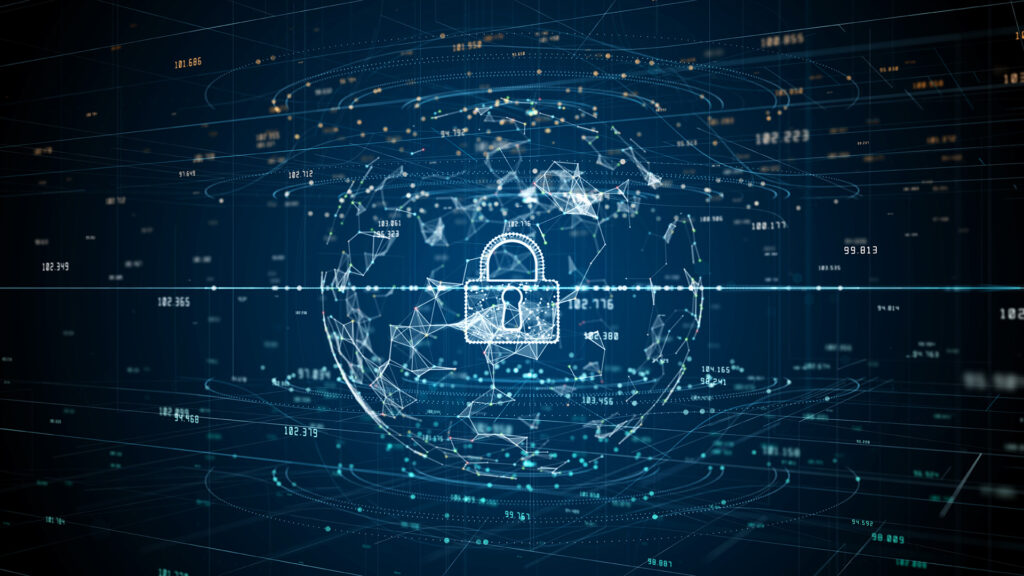
New technologies could provide comprehensive protection for future networks.
Whether it’s facilitating telemedicine, connecting self-driving cars, improving factory automation, or enabling remote drone operations, the advent of 5G networks opens up a wealth of potential opportunities across almost every industry. But this perpetually connected future brings a host of potential new security threats along with it. To fully realize the potential of 5G, we need to be able to secure these networks.
A team of researchers led by SRI has been developing technology to secure 5G networks for critical operations. The project, known as Security-Enhanced Radio Access Network, or SE-RAN, will allow 5G operators to detect and analyze threats, as well as secure any cloud-based software managing their network.
“More and more, we’re putting mission-critical technologies over wireless networking without an effective way to see or defend that network traffic,” said Phillip Porras, program director and leader of SRI’s Internet Security Group and principal investigator of the SE-RAN project. “SE-RAN is developing the services to secure 5G networks that will be used in these mission-critical environments—and eventually throughout all of networking—to protect communications from the growing number of adversarial attacks against them.”
The team, which also includes researchers from Ohio State University and SRI spin-out company AccuKnox, designed and built SE-RAN over the last year with funding from the National Science Foundation Convergence Accelerator, a program that helps accelerate basic research and discovery towards solutions with societal impact. They recently received $5 million in additional funding from the program to develop the SE-RAN prototype into a sustainable commercial product over the next two years.
A Comprehensive Approach to Securing Networks
SE-RAN integrates three new technologies into a single security solution. The first, Mobiflow Auditor, allows 5G operators to track the security-relevant state of every device in the network. It works in tandem with the second development, 5G-Spector, which uses machine learning to detect and analyze incoming threats to these devices in real time. 5G-KubeArmor, the third technology, provides protection at the software level, helping 5G operators to set and enforce security policies in the applications that run the network. Together, they provide comprehensive protection for otherwise unsecured networks.
Notably, SE-RAN is compatible with the Open Radio Access Network (O-RAN), an open standard for 5G infrastructure that allows anyone to develop 5G technologies instead of relying on proprietary technology from major telecom providers. This means that anyone who builds a network using O-RAN standards could use SE-RAN to secure it.
“SE-RAN’s ground-breaking security solutions will enable 5G to be safely adopted across critical industries,” said Todd Stavish, vice president of SRI’s ventures group. “We’re excited to develop a transition path to bring these technologies to market.”
Collaborating to Broaden 5G Security Solutions
In this next phase of SE-RAN’s development, the team will be integrating their advancements into both the open-source community and a commercial product. They have already forged relationships with major 5G O-RAN stakeholders and integrated elements of SE-RAN into several open-source projects, including the Linux Foundation’s 5G Super Blueprint initiative. Additionally, the team is collaborating with the 5G Open Innovation Lab, which provides support to 5G-related startups, and has other active collaborations with commercial companies that are looking for 5G security solutions.
“The innovations SE-RAN is set to introduce promise to revolutionize mobile network protections for industries, governments, and 5G end users globally,” said Nat Natraj, CEO of AccuKnox. “We are poised and enthusiastic about launching these avant-garde technologies and strategies for safeguarding 5G and Future G networks, especially when the need to fortify our digital world against escalating global threats has never been more pressing.”



